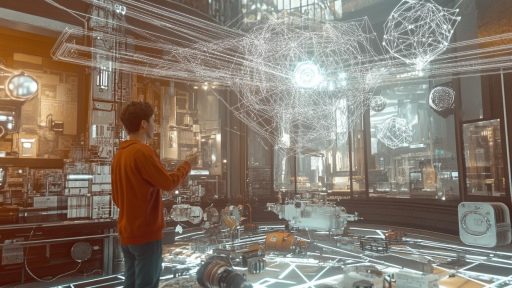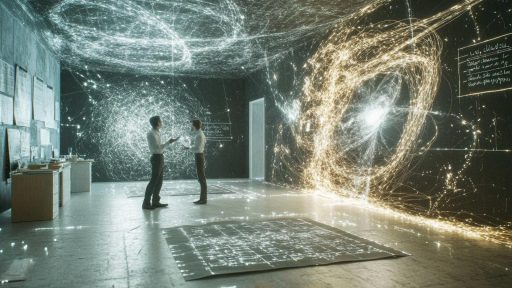
Physics is meant to explain the universe—but sometimes, the universe pushes back. Over the years, bold discoveries have cracked open our understanding of space, time, and reality itself. These aren’t just curious anomalies—they’re revelations that forced scientists to rethink what was once considered undeniable truth. The deeper we explore the fabric of the cosmos, the more it unravels.
Quantum Entanglement Defies Local Reality

Einstein called it “spooky action at a distance,” and for good reason. Quantum entanglement showed that particles can be connected in such a way that the state of one instantly affects the other, regardless of the distance between them. This shattered the idea of local realism and challenged our very understanding of causality and information. It was the beginning of a truly bizarre quantum world.
The Discovery of the Higgs Boson

Dubbed the “God Particle,” the Higgs boson was a theoretical cornerstone of the Standard Model—until its discovery at CERN in 2012 confirmed its existence. It explained how particles acquire mass, fundamentally altering our grasp of physical matter. The sheer energy and effort required to detect it only reinforced how deeply hidden the universe’s secrets can be. Its confirmation sent ripples through the world of particle physics.
Time Dilation Proved Real with Atomic Clocks

What once seemed like science fiction—time moving slower for fast-moving objects—was confirmed through precision experiments with atomic clocks. When synchronized clocks were flown on jets or placed on mountaintops, they ticked differently than their Earth-bound twins. This revelation proved Einstein’s theory of relativity in real-world conditions. Time, it turns out, isn’t absolute at all.
Dark Matter: The Invisible Mass
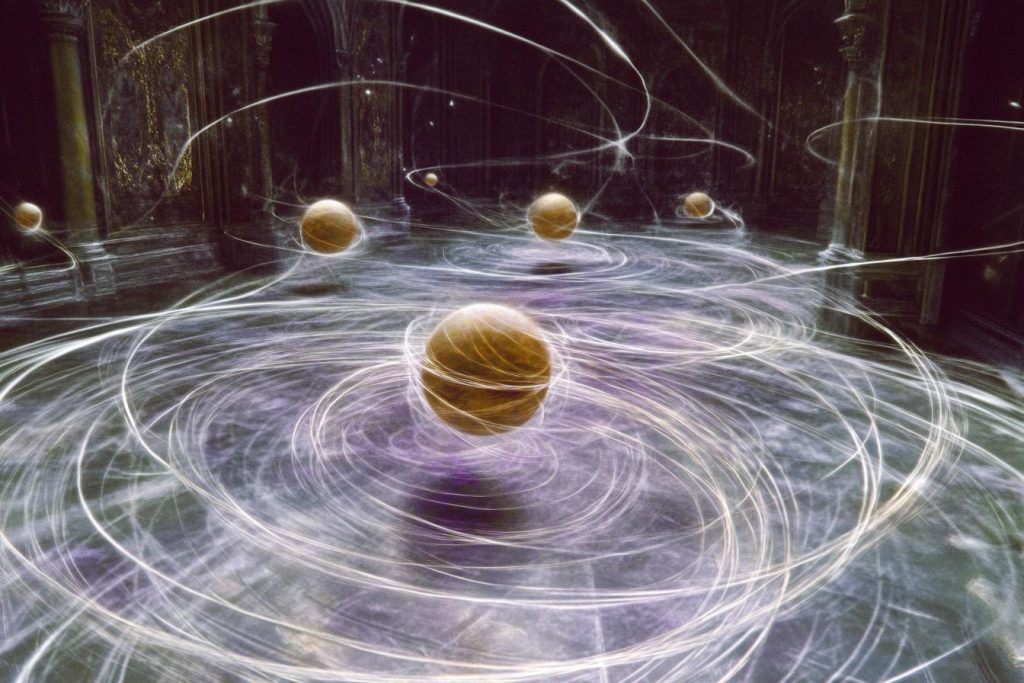
Galaxies spin in a way that defies the pull of visible matter—something else must be there. Enter dark matter: a mysterious substance that doesn’t emit light or energy but appears to make up most of the universe’s mass. We still don’t know what it is, but its gravitational fingerprint is undeniable. The discovery has turned our models of the universe inside out.
The Double-Slit Experiment and the Observer Effect

One of the strangest revelations in physics came from a simple experiment: shooting particles through two slits. Observed particles acted like particles. Unobserved ones acted like waves. Somehow, simply measuring the process changed its outcome, suggesting that consciousness might influence matter itself. It’s a mind-bending challenge to the notion of objective reality.
Gravitational Waves Detected from Colliding Black Holes
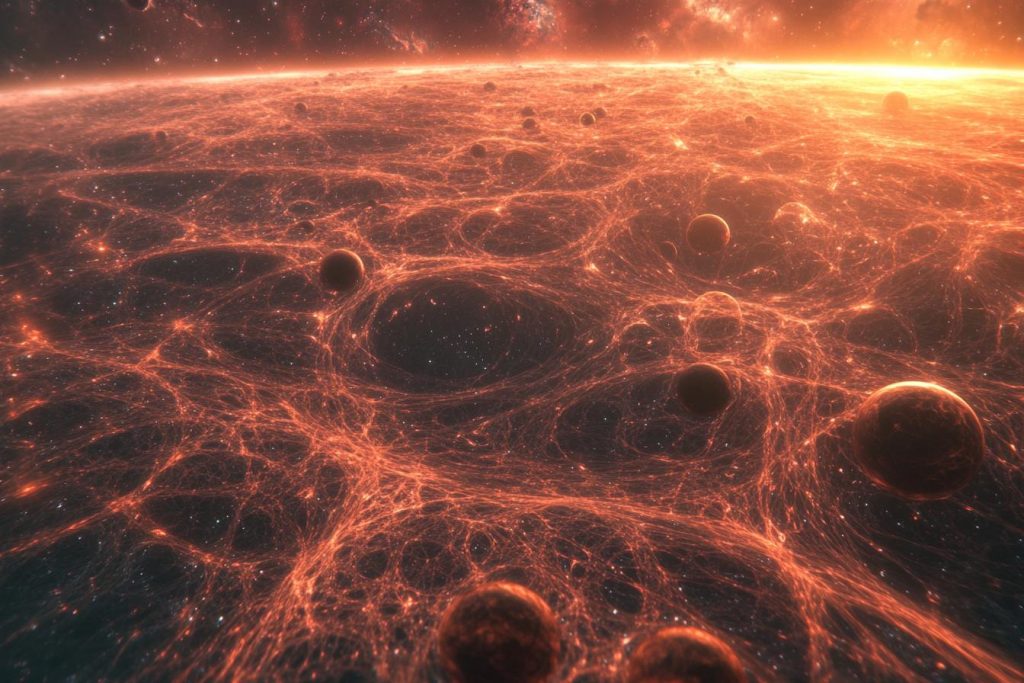
For decades, gravitational waves were only a theory, ripples in spacetime predicted by Einstein. But in 2015, scientists at LIGO detected them directly—from the collision of black holes light-years away. This discovery confirmed an entirely new way to observe the universe. We’re now listening to the cosmos in a way we never could before.
The Expanding Universe Is Accelerating
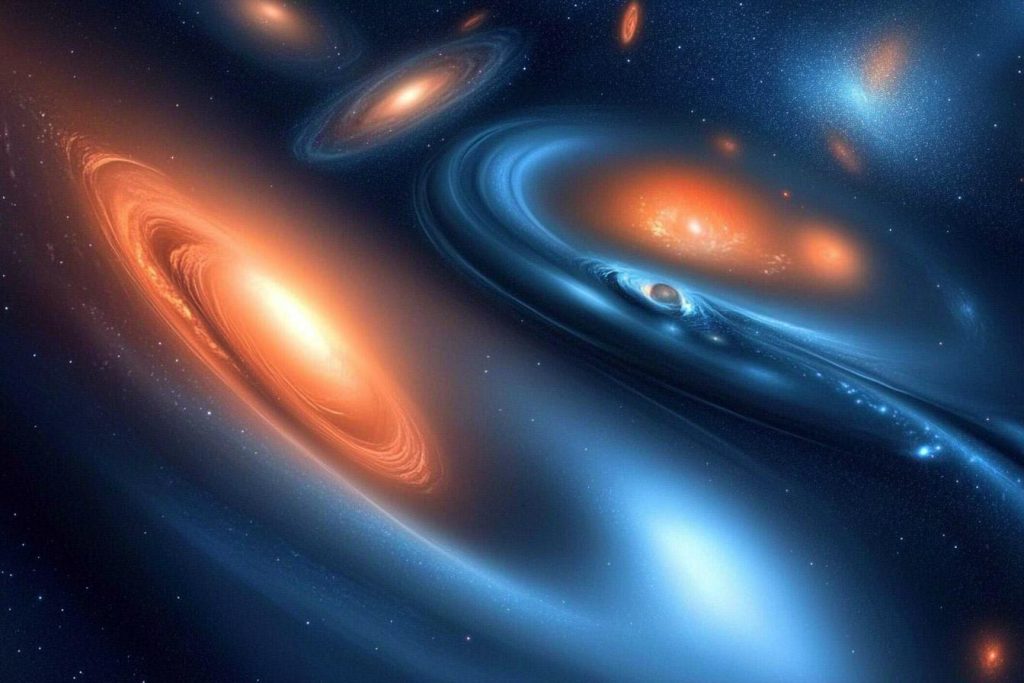
It was once assumed that gravity would slow the expansion of the universe over time. Instead, we discovered it’s speeding up—propelled by a mysterious force dubbed dark energy. This overturned one of the most basic assumptions about the cosmos. Even worse: we still have no idea what dark energy actually is.
Superconductivity at Unexpected Temperatures

Superconductors—materials that conduct electricity with zero resistance—used to require freezing conditions. But discoveries of high-temperature superconductors shocked physicists and opened doors to potential breakthroughs in energy and transportation. These materials defy conventional electron behavior. The physics behind them remains an exciting and unsolved puzzle.
The Quantum Hall Effect

When electrons move in a two-dimensional plane under low temperatures and strong magnetic fields, they behave in completely unexpected ways. The quantum Hall effect revealed new topological states of matter and redefined how we understand conductivity. It earned Nobel Prizes and rewrote physics textbooks. The discovery opened up entire new fields of research.
Neutrino Oscillation Proves Mass Isn’t Always Fixed

Neutrinos were once thought to be massless, ghostly particles passing through matter undisturbed. But the discovery that they oscillate—changing between types—meant they must have mass. This violated previous models and hinted at physics beyond the Standard Model. It forced a reevaluation of what we thought we knew about the smallest particles.
The Casimir Effect and Quantum Vacuum Fluctuations

Put two metal plates extremely close together in a vacuum, and they’ll mysteriously attract. This is the Casimir Effect, a bizarre consequence of quantum fluctuations in supposedly empty space. It suggests that even a vacuum teems with invisible activity. This strange phenomenon bends our idea of “nothingness.”
Antimatter’s Mirror Opposite Nature
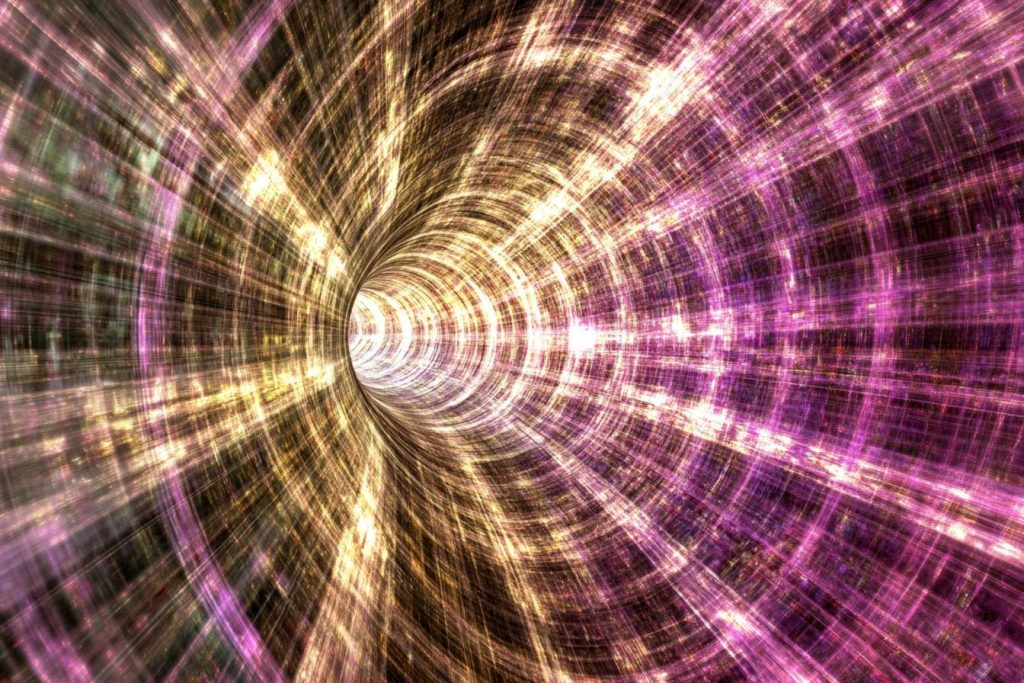
Antimatter behaves like a mirror-image of regular matter—but when they meet, they annihilate each other. Discovering particles like the positron revealed this strange symmetry in the universe. But the real mystery is why the universe isn’t filled with equal parts of both. Something happened to tip the balance—and we still don’t fully understand what.
Black Hole Information Paradox

When matter falls into a black hole, is its information lost forever? According to classical physics, yes—but quantum theory says no. This paradox, championed by Stephen Hawking, has sparked decades of debate and new physics about entropy, quantum gravity, and even holographic universes. It may hold the key to unifying the fundamental forces.
Quantum Tunneling: Particles Defy Barriers

In the quantum world, particles can pass through barriers that should be impenetrable. This bizarre behavior—quantum tunneling—makes technologies like semiconductors and nuclear fusion possible. But it also defies classical intuition, showing how particles behave more like probabilistic clouds than tiny billiard balls. It’s one of quantum physics’ most haunting insights.
The Planck Scale and the Limits of Reality

At a scale smaller than atoms—closer to the Planck length—physics as we know it begins to collapse. Gravity and quantum mechanics no longer play nice, and strange possibilities like quantum foam emerge. It’s the frontier where reality might be pixelated, and where a theory of everything must reside. We are brushing against the boundaries of what can even be known.
Reality Is Stranger Than We Can Imagine

Every time we believe we’ve figured out the rules, the universe shows us a new riddle. These discoveries didn’t just expand our understanding—they obliterated the boundaries of what we thought was possible. Physics is no longer just about formulas and predictions; it’s a journey into the surreal, the abstract, and the unknown. As we peer deeper into reality, it becomes increasingly clear: we’ve only just scratched the surface.




